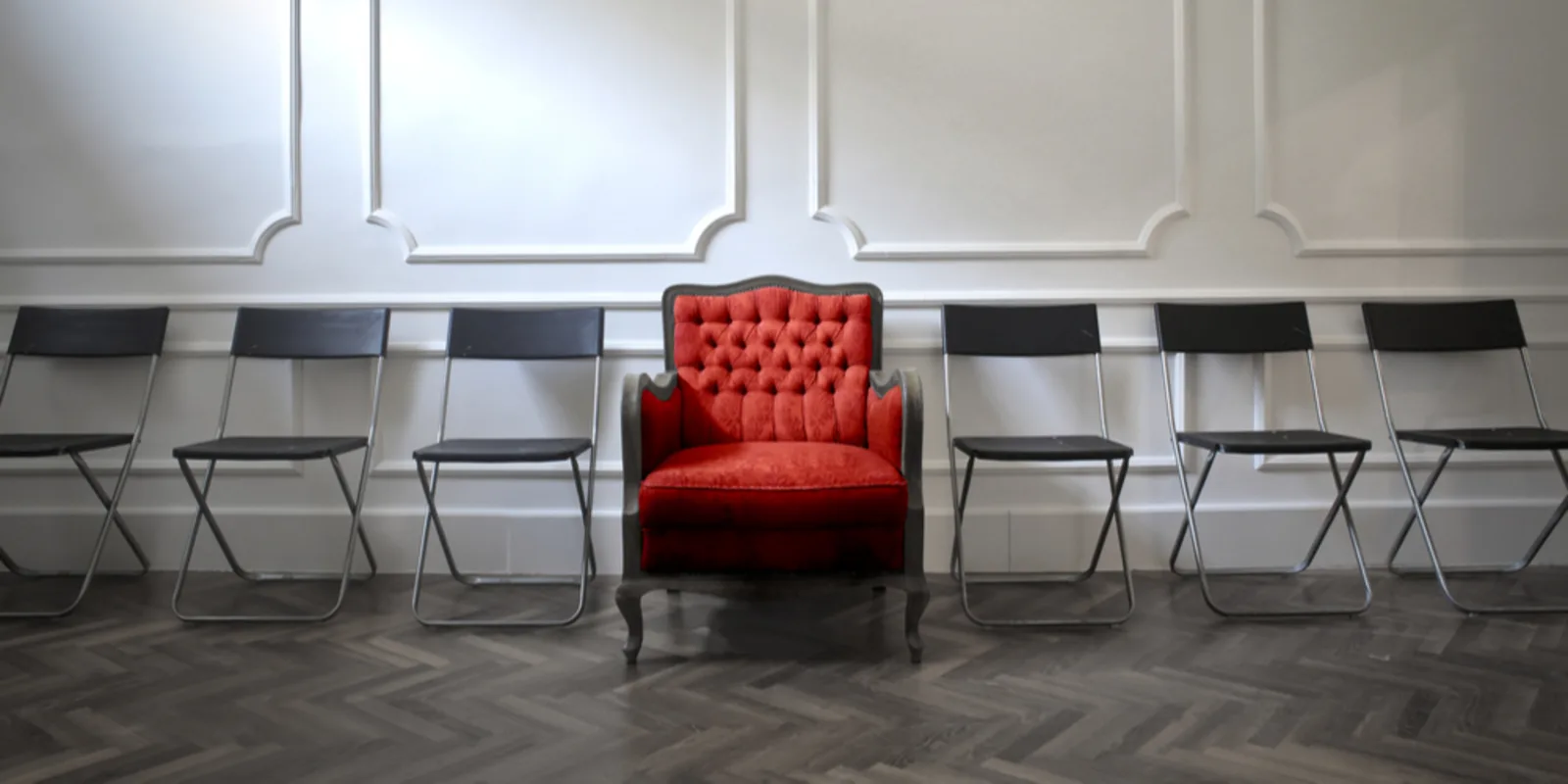When the resident asked me to go find supplies, I took off without asking where they were. That’s when I first realized how chaotic an unfamiliar ED truly was.
I was a visiting medical student at a large academic hospital, in one of the largest cities in the world. It was one of my first days on service, and aside from the hospital, my only other experience in the city had been my room, an 8’ by 16’ single-occupancy at the YMCA. The glittering skyscrapers and bright lights far outshone my room’s spartan decor. But it didn’t matter very much, because I was rarely there.
As I rushed around the ER, I looked for a welcoming face to help me find the supplies. Despite bumping into three different people, I couldn’t catch anyone. Techs and nurses careened from one room to another. Ringtones, pagers, and overhead announcements swirled together. The floors were dirty and scuffed, and many “rooms” were subdivided with curtains to accommodate more beds. One patient, whose face was covered in dried blood, carried his belongings in a large black trash bag. With supplies finally in hand, I navigated the narrow corridors between workstations and walls, avoided more collisions with bustling staff, and found the resident again. We finished the evaluation, and his pager went off again.
The next consult was on a “VIP patient.” The resident knew this based on the room number, which was located on one of the upper floors in the hospital. To get to the room, we needed badge access to exit the elevator, and to walk through multiple sets of secured doors. When we arrived to the floor, I saw the lobby of a luxury hotel. A concierge station sat to the side of the entrance, and the open floor plan and high ceiling made me feel small. Flavored ice water stations and plush chairs stood next to a large floor-to-ceiling window, with a gorgeous view of the city skyline.
After we saw the patient, the resident’s pager went off again, and we were back to the ER, an area that I would come to know quite well. By the end of the rotation, I had been to the ER so many times that I knew where every supply closet was, and where every turn in the maze would lead. Just as my 8’ by 16’ room became home over the month, I accepted and grew accustomed to the organized chaos.
But the dichotomy between the floors was striking. The specter of need loomed large at the bottom, where the ED was a nexus to the city streets. But at the top, an opulent display took precedence. Comfort and quiet were accessible to a select few, and though advertisements for the “VIP area” were accessible online, the actual disparity was carefully hidden by floors and floors of separation.
I’ve thought about this VIP floor during the COVID-19 pandemic, which laid bare the stark inequities of the U.S. health care system. We must ask ourselves whether these gilded fortresses are the most effective use of our limited resources — luxury amenities are costly and don’t necessarily provide optimal medical care. We must also ask ourselves whether their existence indirectly detracts from the care of the “non-VIPs” — their existence reinforces that wealth should invite special treatment in a medical setting, which, to me, violates distributive justice, a core principle of medical ethics. It is also worth asking whether these special arrangements truly benefit the VIPs they purport to serve, when some studies suggest that VIP patients may be more likely to receive medically unnecessary tests and services.
Admittedly, at the end of my rotation, I tried going to the VIP floor again. I was post-call, and I wanted to see the view one last time and collapse into the large, soft chairs before I left the city. But I couldn’t find it. I couldn’t remember the route we took, or whether my badge would work. Reflecting on it now, my experience indirectly paralleled that of a non-VIP patient: both the non-VIP patient and I were denied the comfort and security of those upper floors because of our status. For me, I wasn't credentialed to access it; for them, they couldn’t afford it. And though I sought it out to experience it again, I have to wonder if the existence of VIP floors is even ethically sound. Shouldn’t every patient be a VIP to us?
What do you think about "VIP" floors? Share in the comments.
James Caruso is a neurosurgery resident at UT Southwestern Medical Center in Dallas, TX. He plans to specialize in complex spine surgery, and his research focuses on elucidating the molecular mechanisms driving chronic neck and back pain. He is a 2021-2022 Doximity Op-Med Fellow.
Image: Ollyy / shutterstock







